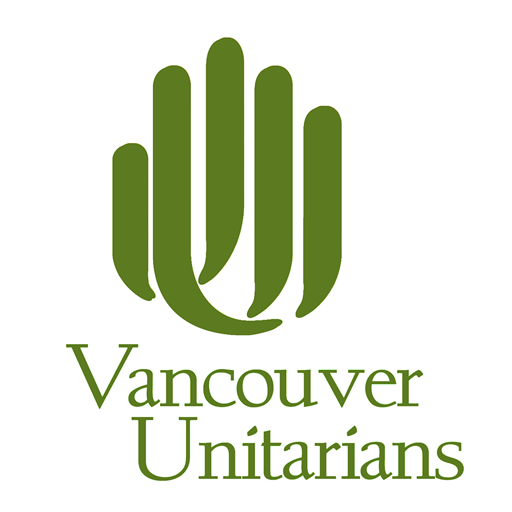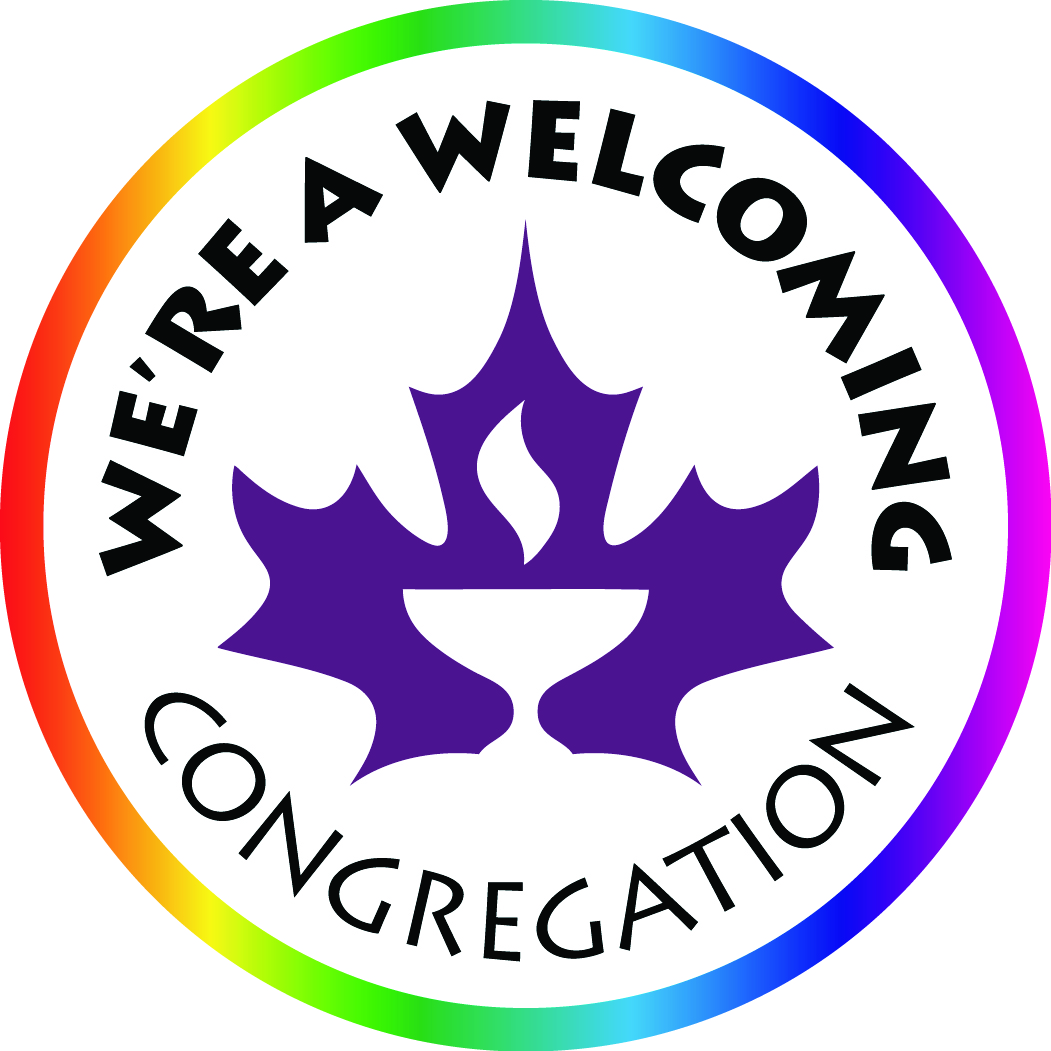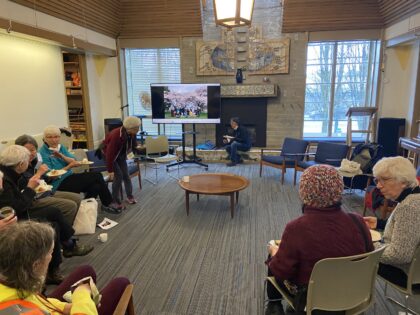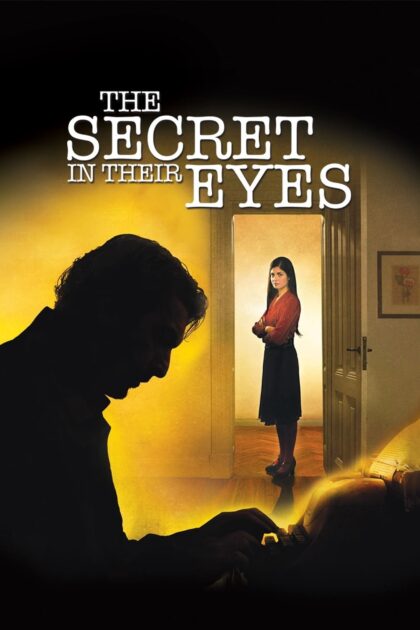IPA Corner: June 2023
IPA stands for IBPOC Plus ALLIES while IBPOC stands for Indigenous, Black, and People of Colour. Welcome to IPA Corner, a new regular feature in UCV’s monthly E-Bulletin with updates about our events and the work we are doing at UCV.
Read on for updates on recent and upcoming events at UCV by your IPA team fostering cultural connections, leading to greater understanding of IBPOC experiences and promotion of healthy relations.
May was Asian Heritage Month and IPA team members participated in several events held in the city as well as lead a service on May 21st!


- IPA-led service on Sunday, May 21 – the IPA (IBPOC Plus Allies) lead the May 21 Sunday service. The service was a celebration of what we’ve achieved and learned in our first year of existence. The service was very interactive and participatory, in keeping with the IPA’s mandate of cultural connections and creativity. The service featured several videos created by Tamiko Suzuki in honour of our first anniversary as well as IPA members sharing what their involvement in the group has meant to them over the past year. Thank you so much to all who attended and who were willing to do things a bit differently, as well as for your active and enthusiastic participation in the singing and dancing! It was wonderful to use the beautiful sanctuary space in a new way and thank you to all who helped move chairs to make it happen!
- Film Event – DOXA Documentary Festival – May 9th, 2023 – Several UCV members watched the movie Big Fight in Little Chinatown together as part of the DOXA film festival, then gathered afterwards over coffee to discuss the film. This documentary is a story of community resistance and resilience. Set against the backdrop of the COVID pandemic and an unprecedented rise in anti-Asian racism, the documentary takes us into the lives of residents, businesses and community organizers whose neighbourhoods are facing active erasure. For those who couldn’t catch it at the DOXA festival, Big Fight in Little Chinatown can now be screened for free at https://www.tvo.org/video/documentaries/big-fight-in-little-chinatown
- White Noise, written by Taran Kootenhayoo (Various Dates)– IPA members attended the play White Noise, a comedy about two families who have dinner together for the first time during Truth and Reconciliation week. White Noise explores what it means to live in Canada from two different paradigms and asks us to consider: How do we deal with internalized racism? Do we keep pushing it away and pretend to live safely in our day-to-day lives?

IPA Members Catherine Hembling, Mei Jia Lam and Catherine Strickland at the screening of White Noise.
Passage to Freedom: Film Screening and Discussion May 13, 2023 – Several IPA members took part in a screening of the Hearts of Freedom exhibition’s accompanying film, Passage to Freedom. The film is a moving documentary that features oral histories of Southeast Asian refugees that made the dangerous journeys from Cambodia, Laos, and Vietnam to Canada after escaping horrendous conditions imposed by repressive regimes from 1975 to 1985.
A panel discussion after the documentary touched upon global migration trends, Canada’s role and policies, etc. We were fortunate to have Elder Larry Grant from the Musqueam Nation participate in the screening as well and give the land acknowledgment. The group interacted with the exhibit with its creator, former Laotion Refugee. Dr. Stephanie Phetsamay Stobbe, a former Laotian refugee. Before the show, a group visited Outside the Palace of Me, a major exhibition of new work by Canadian visual artist and performer Shary Boylem followed by a lunch discussion after with Gerta Moray at Vancouver Art Gallery.
For more info on the Hearts of Freedom exhibit visit: https://www.pchc-mom.ca/hearts-of-freedom
For more info read this website post by IPA member Hisako Masaki. History and Resources for Asian Heritage Month http://vancouverunitarians.ca/history-and-resources-for-asian-heritage-month/

Dr. Stephanie Phetsamay Stobbe, the project’s principal curator, here at the mobile exhibit she created.

Two girls of Laotian origin outside UBC Robson Square.

UCV/IPA members at the Hearts of Freedom film exhibit and panel discussion at UBC Robson Square, Saturday, May 13.

IPA members take in Shary Boyle Outside the Palace of Me exhibit at Vancouver Art Gallery followed by a lunch discussion on May 13.

























